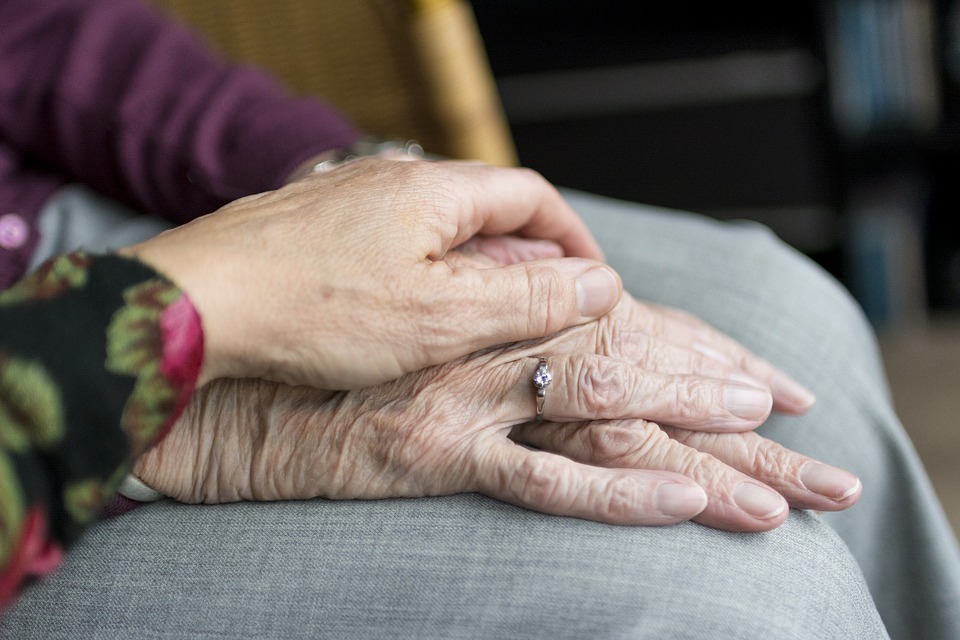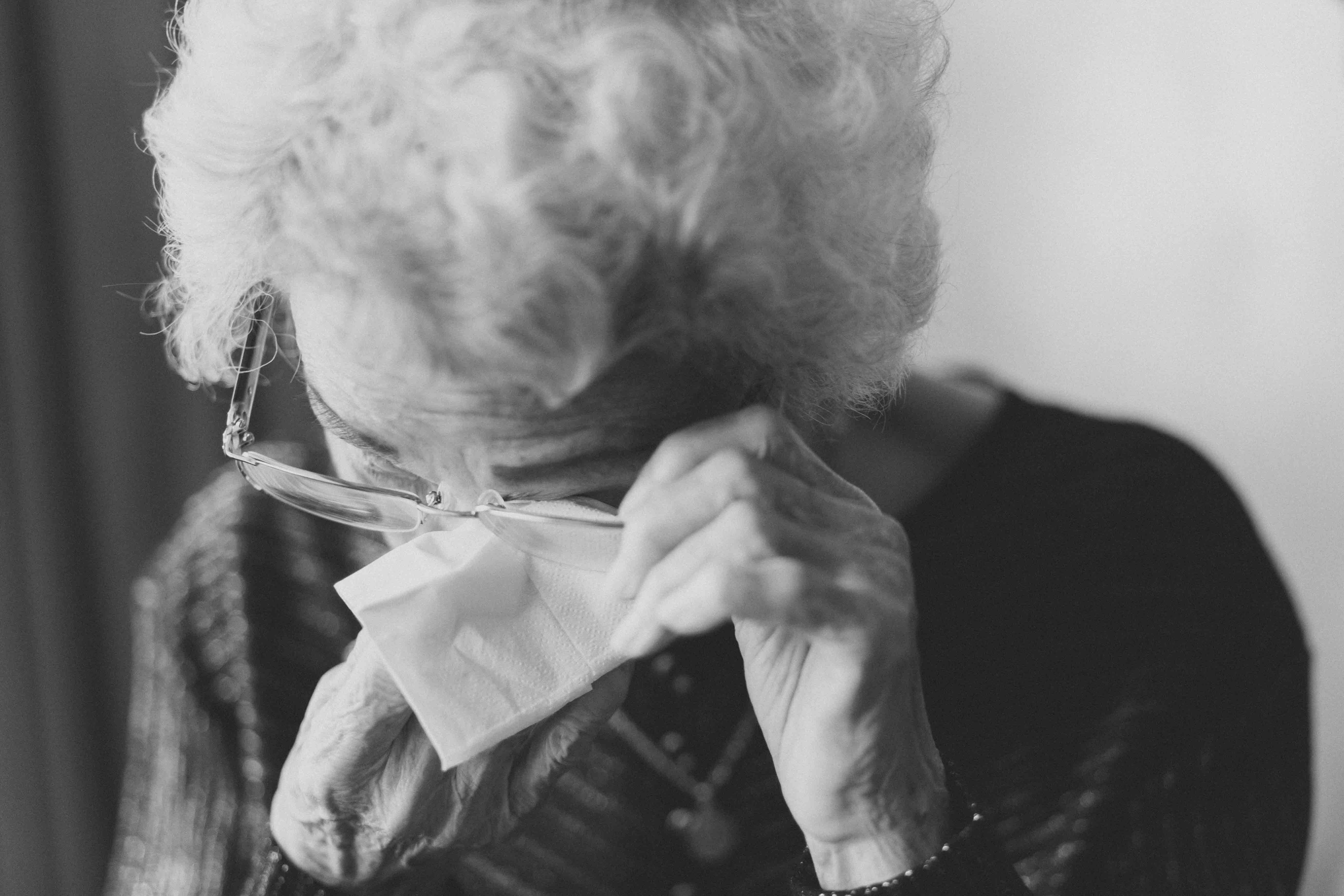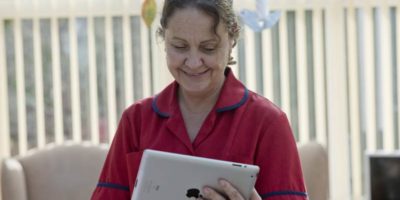Your Questions Answered: “Sometimes the people I work with will become unsettled and anxious when we are in the middle of an activity. I have heard that validation can help. Can you explain how?”
Helen Johns, the lead trainer on our Activity Coordinator Training Course, writes…
This scenario is something that many activity coordinators will recognise. There are several definitions of the term ‘validation’, but perhaps the one that is most relevant to your question is this one: Recognition or affirmation that a person or their feelings or opinions are valid or worthwhile.
Validation Therapy is a recognised communication method which can be used to support those living with dementia and can help relieve stress and anxiety. The method was developed by Naomi Fiel in the 1960s and requires specific training in the techniques.
However, to provide a response that can help in the shorter term, let us focus on the above definition and think about how we adopt a Validating Approach to our communication, rather than using Validation Therapy as such.

An essential part of the Validating Approach is that we:
- demonstrate that we have heard the person
- acknowledge what they have said and demonstrate empathy with them and the feelings behind their words
This is particularly true when someone is living with dementia and they are expressing a feeling but have become confused about the facts. We therefore focus on the feeling, rather than the factual content.
How do we demonstrate that we have heard the person?
We might demonstrate this by using body language (eg leaning towards the person), nodding or shaking our head, responding with the appropriate facial expressions (ie to match what is being said) and making the appropriate non-word sounds such as ‘um’ or ‘ah’.
We might also use reflective listening techniques such as:
- Repeating one or two words that the person has said that seemed important to them (eg “She’s always late”). Alternatively, repeating exactly what the person has said in a quiet, neutral tone of voice. You should avoid using an upward inflection in your voice, unless you want it to sound like a question.
- Rephrasing what the person has said but in your own words to check the meaning (eg “The carer doesn’t arrive on time for your morning shower”).
- Reflecting the feeling by noticing what the person has said and putting this into your own words to deepen empathy (eg “You are cross that the carer arrives later than you would like for your morning shower”).

How do we acknowledge the feeling and show empathy?
As well as reflecting the feeling in the way described above, you will want to demonstrate that you acknowledge their feelings. This is regardless of the accuracy of the facts or your opinion about what has been said. An example in everyday life is that if someone says “I’ve bumped my elbow”, you wouldn’t say “OK” and then move on. You might say “Oh, that must hurt”.
If we translate that to a scenario where you are doing an activity with someone and they say for example “I’ve lost my bag,” then an appropriate response would be to acknowledge the feeling by saying “that must be annoying,” before moving on to “shall we see if we can find it together?”
It is important to demonstrate the two steps described above before you move on to trying to address the issue with the person. A person who doesn’t feel heard is unlikely to move on from those negative feelings.
You might be interested to know that we are also developing a new course for activity coordinators around a range of therapeutic approaches, of which validation is one. Watch out for details in our training page later in the year, and email for more information.
Helen Johns is the lead trainer for The Daily Sparkle Activity Coordinator Training and has been developing and delivering our courses since April 2017. As well as working for The Daily Sparkle, Helen runs an activity coordinator forum in her local area, provides training and consultancy for care homes in relation to activity and wellbeing, and works as an Expert by Experience for CQC inspections. You can find details of all upcoming training courses here, and her other articles here.




